Parliament voted to establish the Royal Hungarian Supreme Audit Office 150 years ago, in 1870. The new institution, which is overseen by Parliament, was tasked with overseeing the management of state property. After being created, it also needed a headquarters.
The state-owned building under 24 Veres Pálné Street (once Zöldfa Street) was designated for the organisation. Since 1998 the building has housed the Faculty of Theology of Pázmány Péter Catholic University. However, in 1870 Festetich House, as it was known, was a two-storey building, to ensure the SAO had enough space, two floors were added to the building according to plans by Károly Hild. However, SAO could only move into the two new levels in 1871.

The facade of the first headquarters of the SAO (24 Veres Pálné Street) the original Czech vaulted gate dates back to the 18th century (Source: aszhirportal.hu)
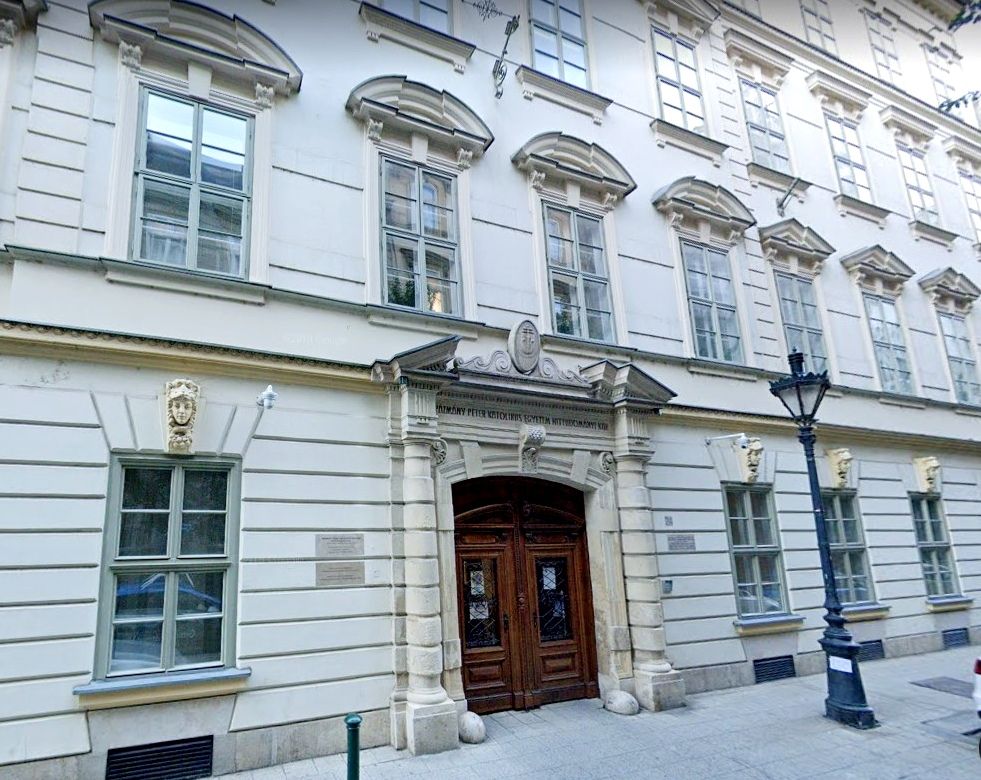
24 Veres Pálné Street once housed the SAO but is today used by the Faculty of Theology of Pázmány Péter Catholic University (Photo: Google Maps)
At the beginning of the century controlling tasks increased gradually, and the size of the staff followed. The organisation gradually outgrew its offices. In 1909 the government decided to build a new headquarters on the plot enclosed by Fő Street, Ganz Street and the Bem Embankment. Architects Lajos Jámbor and Zoltán Bálint won the design tender, and their plans were carried out by 1914.
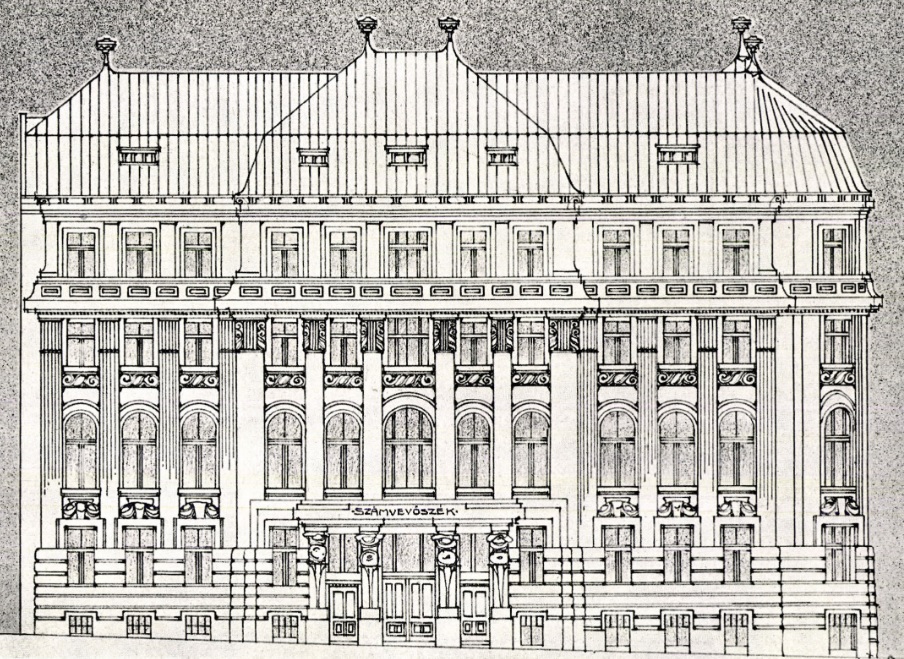
The design by Lajos Jámbor and Zoltán Bálint won 1st place in the design competition for a new SAO office (Source: Magyar Építőművészet, 1910 issue 1)
Lajos Jámbor (1869–1955) was an outstanding figure of Hungarian Art Nouveau architecture. Inspired by Lechner's work, he created his own style and designed building that shaped the Budapest cityscape.

Lajos Jámbor (Source: Vasárnapi Ujság, 17 December 1899
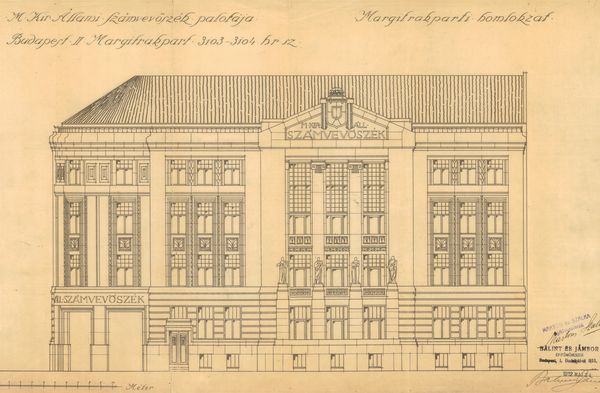
The main facade on Bem Embankment (Source: aszhirportal.hu)
He met Zoltán Bálint during the major construction efforts around the national millennium, and they founded a firm together. Many buildings around Budapest and in the countryside were built according to their plans, including the headquarters of the State Audit Office (today the Ministry of Foreign Affairs).
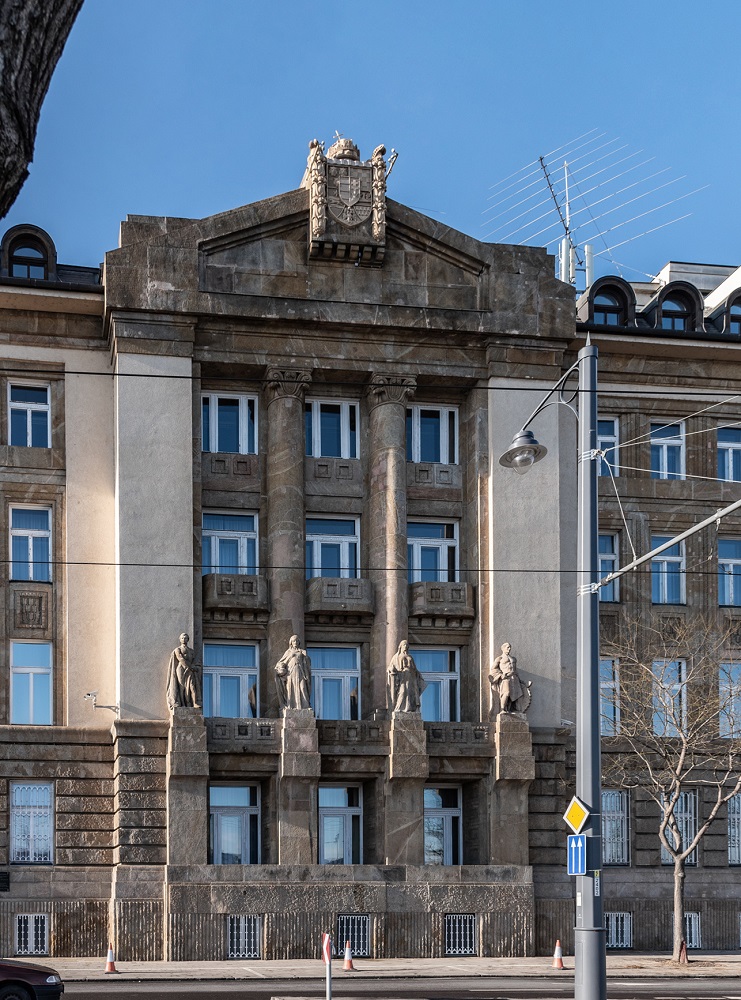
The former headquarters of the SAO today houses the Ministry of Foreign Affairs (Photo: Balázs Both/pestbuda.hu)
The building is characterised by the geometric shapes of late Art Nouveau, already showing early signs of Arc Deco. Plant-based and floral decorations are limited to the stylised tulips under the windows. The curved corner is a hallmark of the four-storey building. It was covered in a brownish-red Tordas stone. A first-floor ledge facing the Danube holds allegorical statues that gaze down on the city.
In 1914 the institution's name was also changed to Supreme State Audit Office. However, the SAO only spent thirty years in its independent headquarters, as the Ministry of Foreign Affairs moved into the building in 1944.
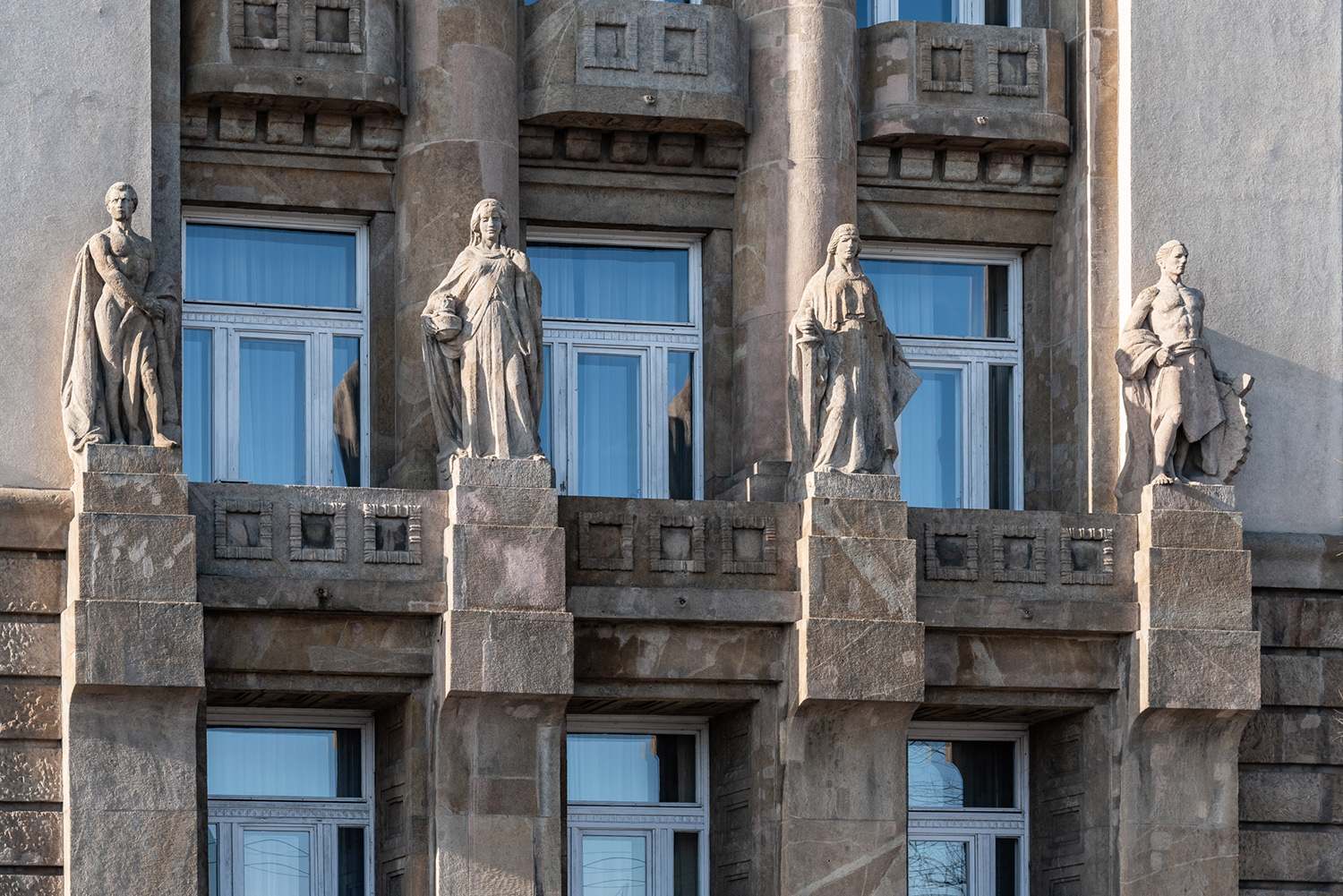
Allegorical sculptures on the facade of the former SAO headquarters (Photo: Both Balázs/pestbuda.hu
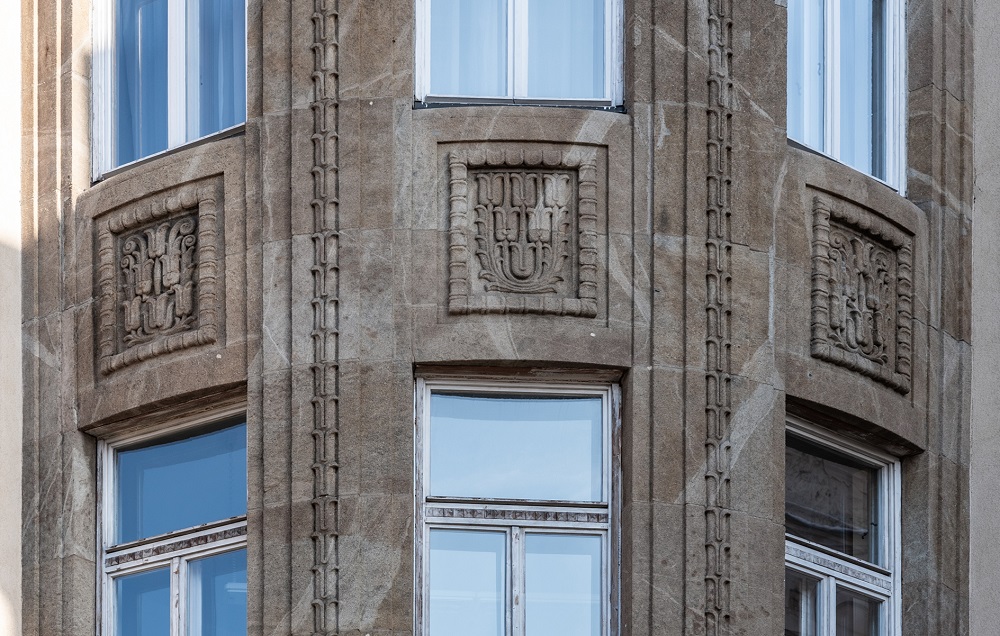
Stylised tulip motif on the facade of the building on Bem Embankment (Photo: Balázs Both/pestbuda.hu)
The activities of the independent audit institution were suspended between 1949 and 1958. In 1958 the Központi Nép Ellenőrzési Bizottság ('central people's controlling committee') was formed and housed in Apáczai Csere János Street.
Following the fall of communism in Hungary, the Supreme Audit Office was reinstated. Its headquarters, however, remained in 10 Apáczai Csere János Street, in the same building as its communist counterpart, known as Thonet Court. The SAO continues to operate in the building to the present day.
The eclectic palace was built between 1869 and 1871 by the Thonet Brothers and designed by Antal Skalnitzky and Henrik Koch. Four streets surround the massive building on the northern side of Vigadó Square on the Pest embankment. The wing used by the SAO can be accessed from Apáczai Csere János Street.
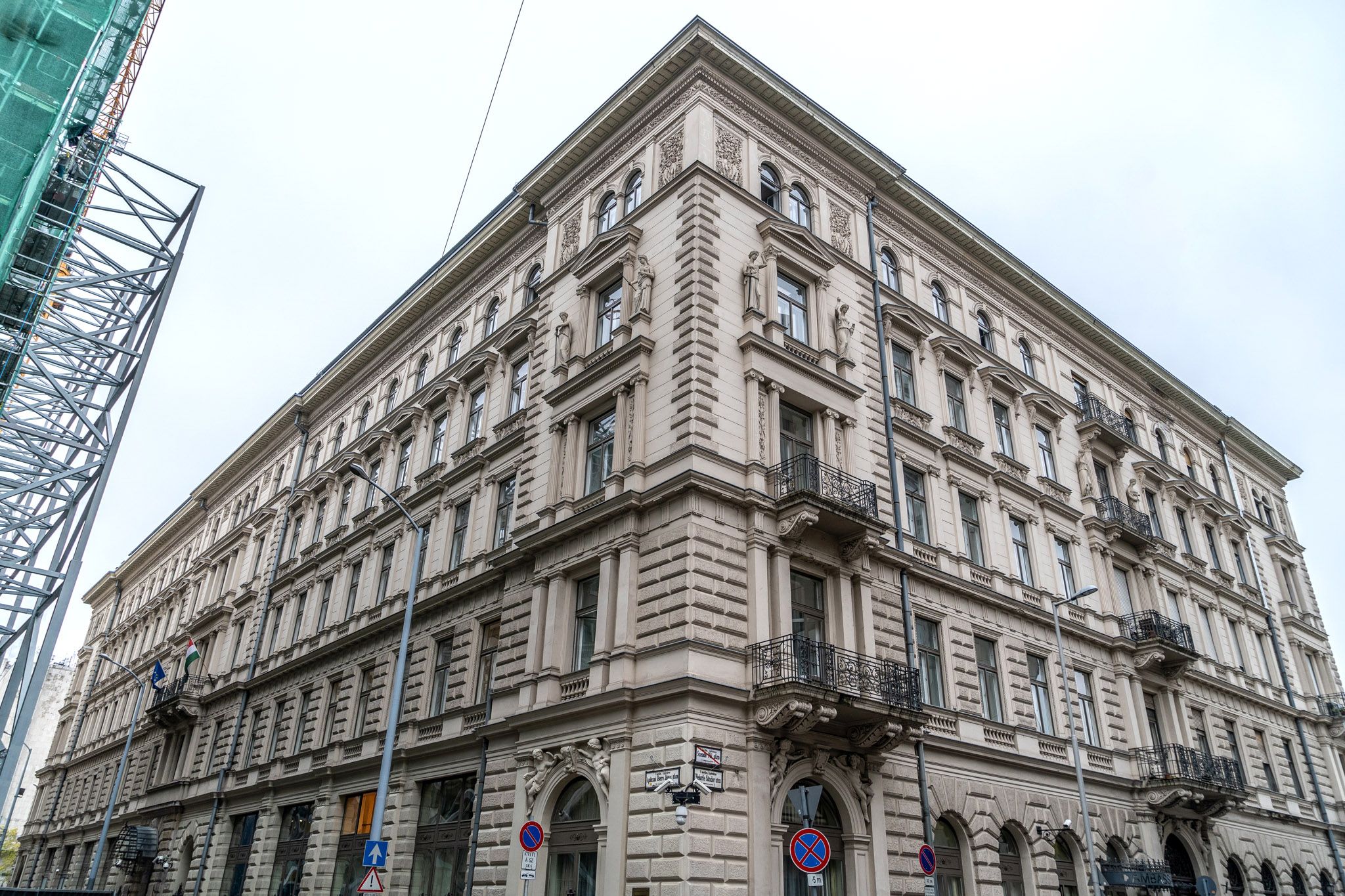
The SAO continues to operate under 10 Apáczai Csere János Street (Photo: Balázs Both/pestbuda.hu)
To celebrate the 150th anniversary of the establishment of the State Audit Office and the 30th anniversary of independent reviews being resumed, the Hungarian national bank has issued a commemorative coin entitled Állami Számvevőszék.
The commemorative coins issued for the dual anniversary has been minted from silver and non-ferrous metals. The former bears a 10.000 HUF, denomination, the latter 2000 HUF. Commemorative coins are primarily issued to raise awareness and disseminate knowledge, and should not be used for everyday payments - notes the website of the National Bank. Their denomination primarily serves to preserve the value these coins represent to collectors.
The front of the coin depicts the facade of the former headquarters as seen from the ben embankment. The back displays the logo of the State Audit Office.
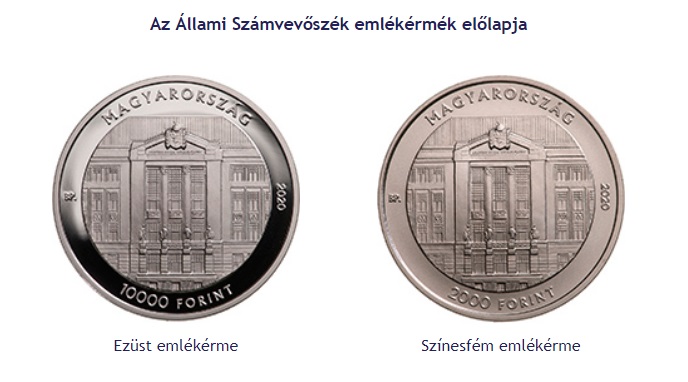
The front of the commemorative coins (Source: mnb.hu)
Cover photo: Facade of the SAO's former headquarters with the national coat of arms topped with the Holy Crown of Hungary (Photo: Balázs Both/pestbuda.hu)

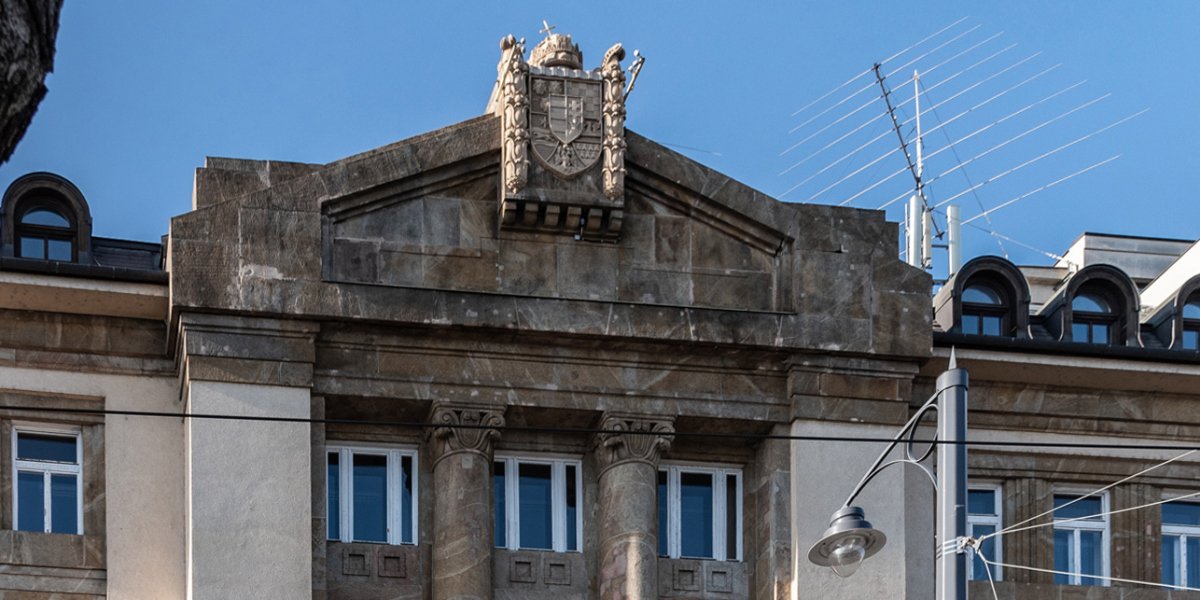
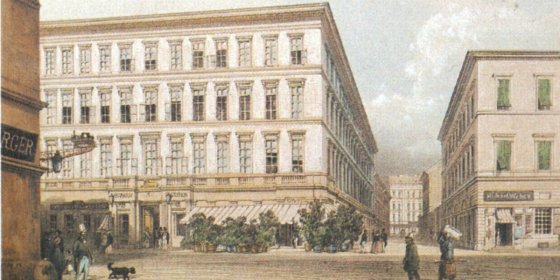
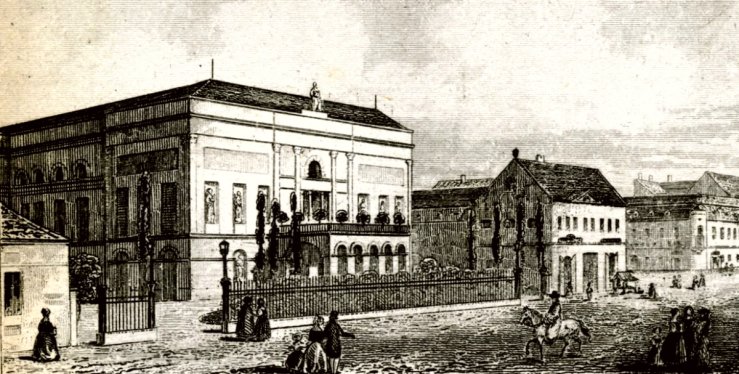
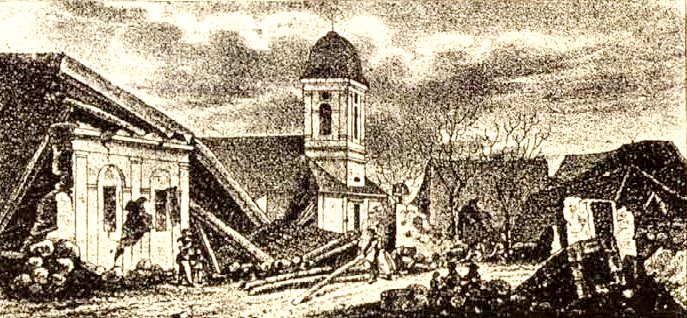

































Hozzászólások
Log in or register to comment!
Login Registration